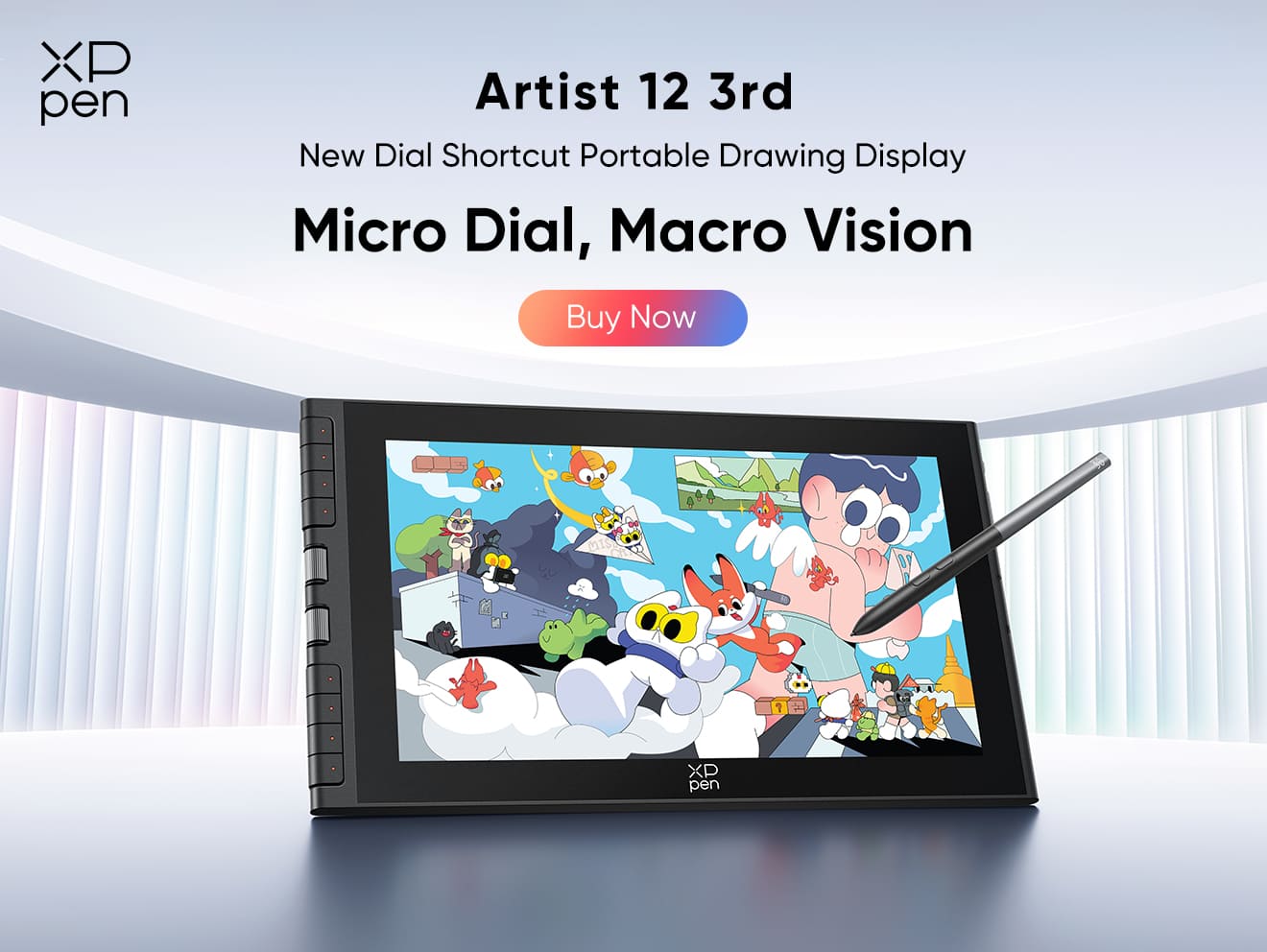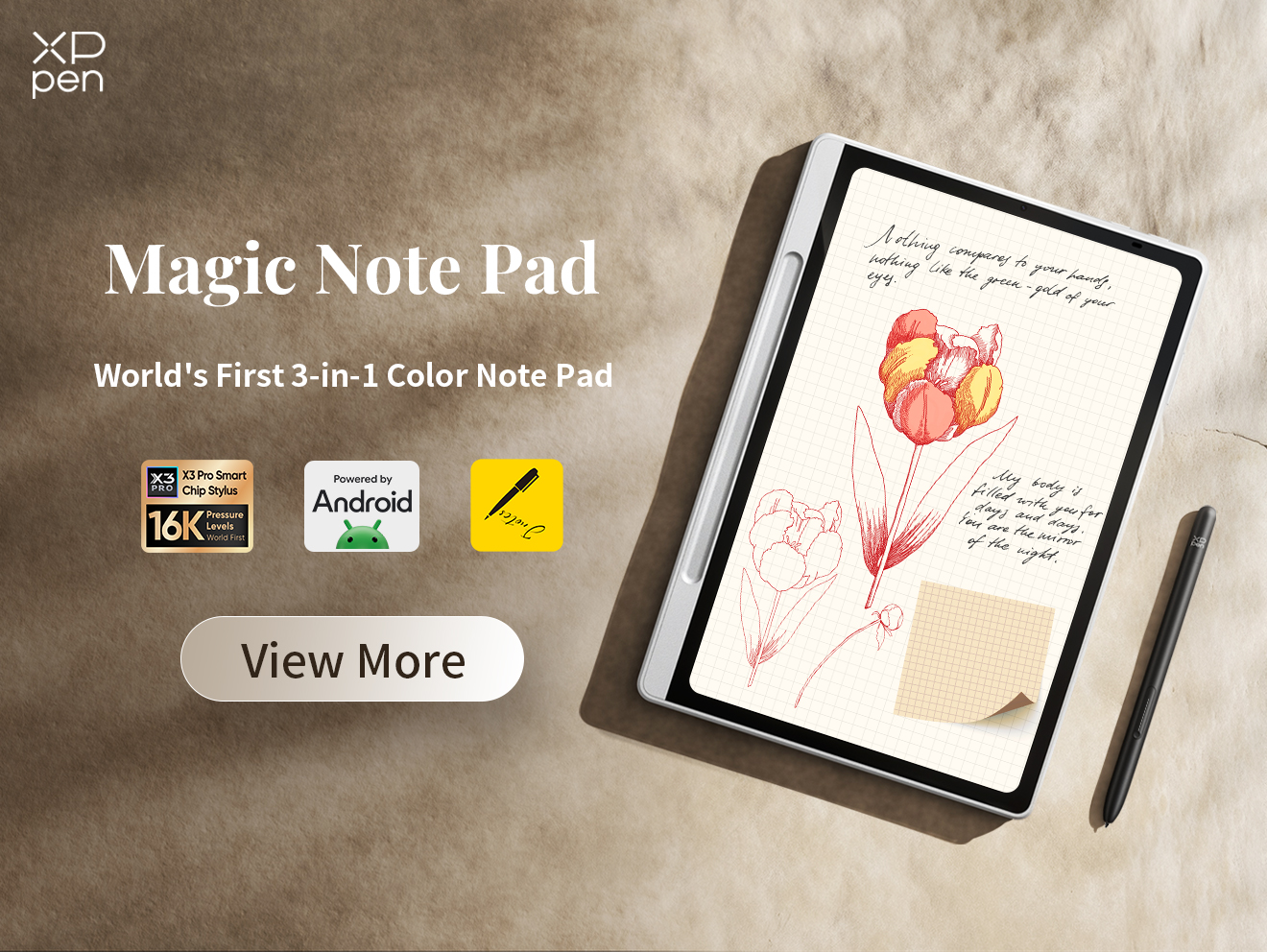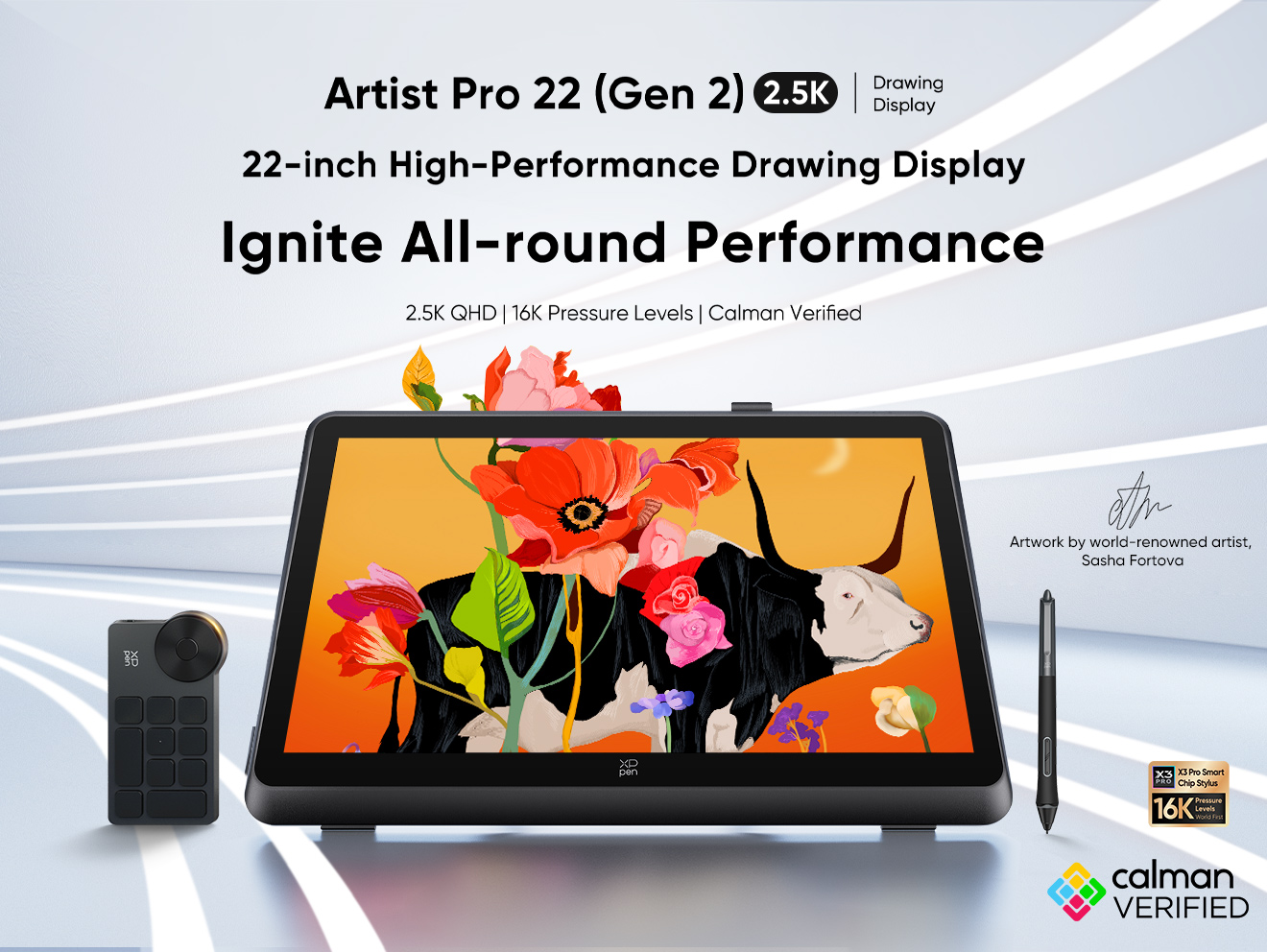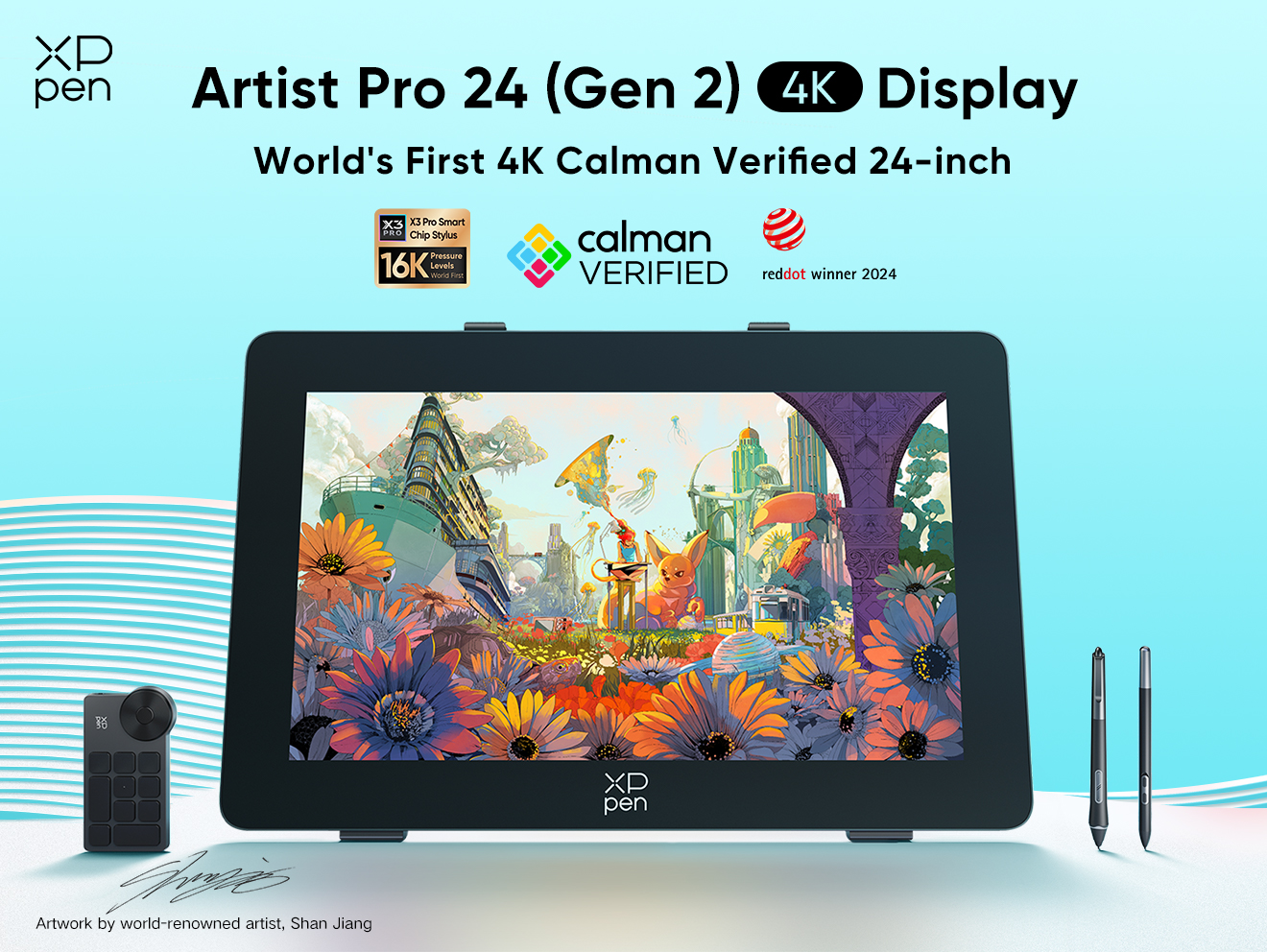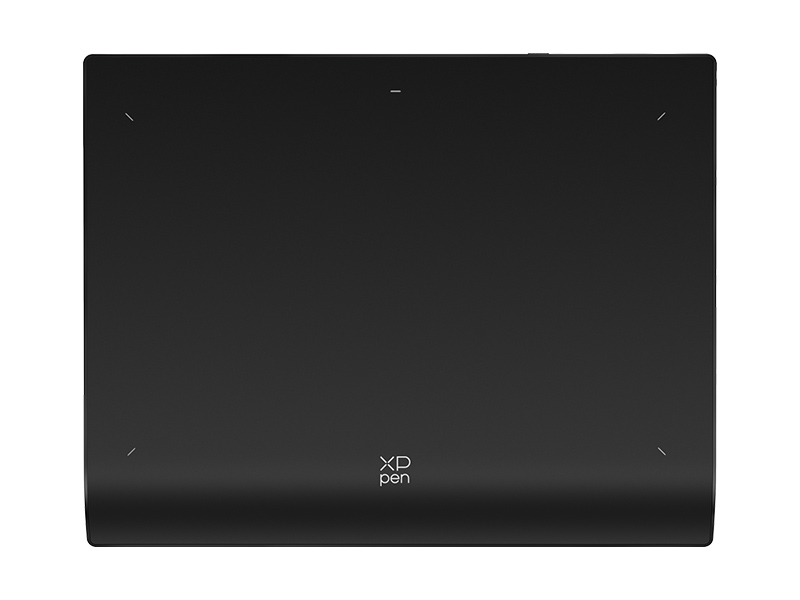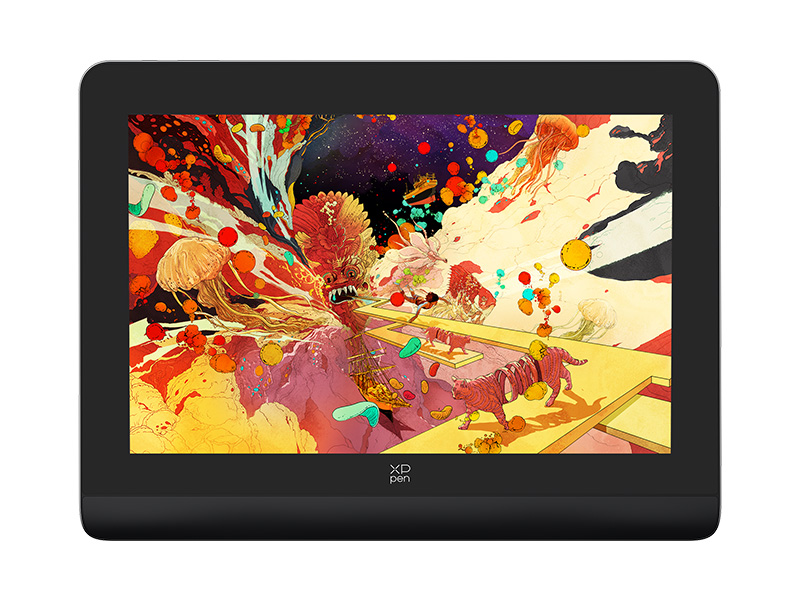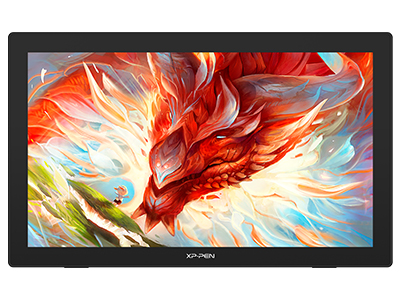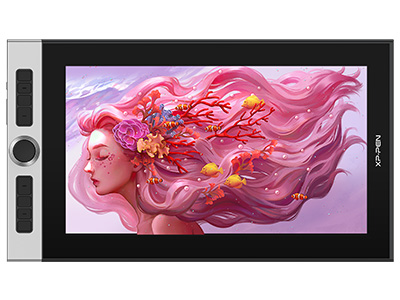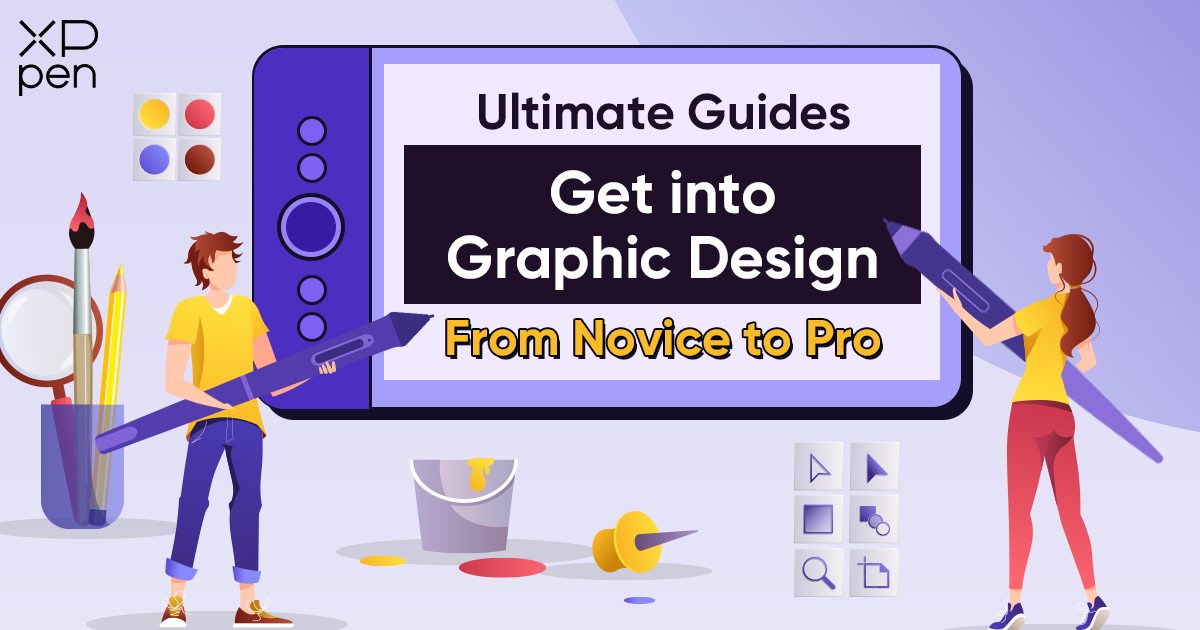
Ultimate Guides: Get Into Graphic Design From Novice to Pro
KNOWLEDGEWelcome to the colorful world of graphic design! If you're wondering whether graphic design is a good career choice, you've come to the right place. Let us guide you on how to get into graphic design and become a skilled professional without a degree.
This ultimate guide will take you from the basics of visual communication and help you establish a strong foundation. Whether you're a novice seeking to learn or an experienced designer looking to refine your skills, this comprehensive guide is designed for you.
Discover the essential skills and tools needed to excel as a graphic designer, master the art of crafting an impressive portfolio to attract employers, learn effective networking strategies to connect with fellow designers, and unlock valuable opportunities for graphic design internships.
So if you're ready for the journey, strap in and let's get started!
What Is Graphic Design?
Graphic design is the art of the composition and arrangement of a design project.
Although the term "graphic design" originated in the 1920s, its roots can be traced back thousands of years as an essential component of visual communication.
You can observe various samples of graphic design in our day-to-day life. Graphic design is a thriving field in our modern society, with its presence felt in various mediums such as food packets, billboards, magazine spreads, websites, and software interfaces.
What is the primary goal of graphic design?
Graphic design's primary goal is to streamline communication by conveying or enhancing a message through visuals.
Graphic design holds immense significance in our visually-driven world. It serves as a vital tool for businesses and individuals, enabling them to effectively communicate messages, establish distinctive brand identities, and captivate their intended audience by leveraging fundamental principles and elements of design.
Through effective design, you can set yourself apart from others and leave a lasting impression on your audience.
Graphic design is an ever-evolving combination of art and technology where designers use various elements and techniques to create distinct visuals of both print and digital media. You can accomplish a design by hand and through the use of a wide array of software.
Visual content usually includes brand logos, advertisements, website content, product packaging, and everything composed of design elements, text, and layout. The goal of graphic design is to create attractive designs that convey information or ideas successfully throughout using devices and various software.
Designing requires both technical ability, creativity, inspiration, and imagination to make ideas come to life. On top of mastering design software, you would also need to be proficient in design thinking, color theory, typography, and so on (which will be introduced in the next part).
If you want to start your career in graphic design or take it to the next level, chances are, you're already aware of the basics of this creative field.
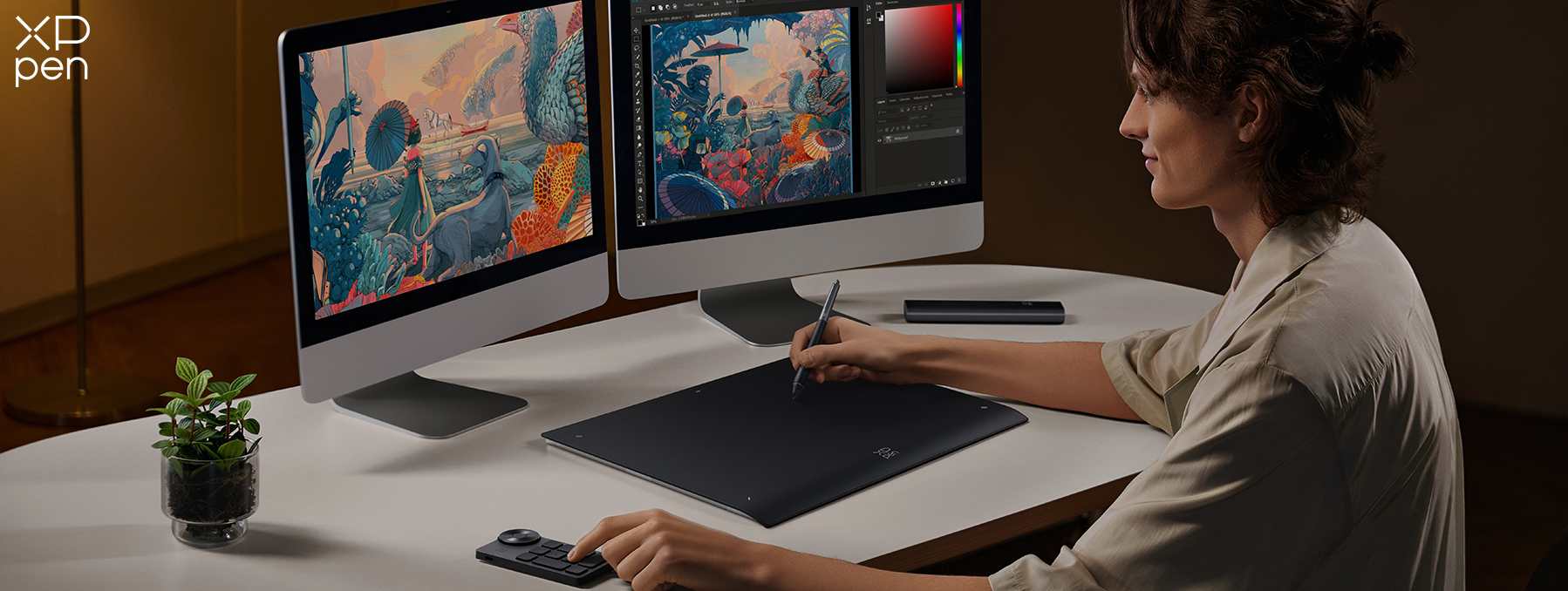
What Does A Graphic Designer Do?
Interested in becoming a graphic designer? Here are some of the things they do and what you can expect as you start your journey.
1. Conceptualizing and ideating
Graphic designers generate creative ideas and brainstorm for different design projects. At this design stage, they also collaborate with team members and clients to fully grasp the objectives and requirements for the project.
2. Creating visual designs
As a budding graphic designer, you will turn ideas into visual designs using various design tools and elements to make them come to life.
3. Branding and identity
Graphic designers also help create and enhance a brand's visual identity. From company logos, color schemes, typography, and etc. that align with the brand's values, messaging, and target audience.
4. Layout and composition
A keen eye for aesthetics and creativity are needed by graphic designers to create an attractive and pleasing design. As a beginner, you will need to learn how to determine the placement of texts, images, and other design elements to create balanced and appealing compositions of websites, advertisements, brochures, and other media.
5. Typography
Designers also choose the appropriate fonts and typography for projects. Some artists also create their own typography to further personalize and solidify brand identities. Choosing the best fonts that convey the right tone and style for the intended message, ensuring readability, and visual harmony.
6. Image editing and manipulation
It's a given that graphic designers deal with images, editing, and retouching them to improve the quality or align them to the desired design style. You may use tools to adjust colors, remove backgrounds, or apply effects.
7. Print and production
Some graphic designers pursue careers involving print and production. For print projects, you would typically prepare files and collaborate with printers to ensure the design is properly translated onto material like billboards, business cards, posters, or packaging.
8. User Experience (UX) and User Interface (UI) Design
Digital projects like websites, webpages, and software products are also designed by graphic designers. They create user-friendly interfaces and experiences for users considering various factors like usability, information architecture, and visual hierarchy to optimize the interaction of users with websites, apps, and other digital products.
On top of these, you as a budding graphic designer also need to keep up with the trends, techniques, and software to deliver the best innovative and contemporary designs.
Some examples of what graphic designers typically create include:
Brand identity for companies (logos, typography, color palettes, etc.)
User interface on apps and websites
Magazines, books, newspapers, and other publications
Product packaging and peripherals
Advertisements (print and digital) and commercials
Signages
Gaming (video games, computer games, and mobile games)
Skills Required for Graphic Design
Creativity
Graphic design is a job that needs lots of creative ideas, so it is necessary to have a natural sense of creativity. It doesn’t mean you should have the creative flair in your genes. You can become creative by drawing inspiration from everything around you, experimenting, creating design boards, and practicing regularly
If you feel your creative juices have dried up, try some of these helpful methods: brainstorming, taking breaks, seeking inspiration in nature, and trying new techniques. Always remember that graphic design is a skill that can be trained and improved by practice.
Attention to detail
One can never be too attentive when making their designs. A graphic design work is filled with details that may impact how it conveys the message and objectives of the client. Every detail, however minute it is, may have a big impact on the whole work in the end. And graphic designers usually need to zoom in on the work to design some details, so it’s very important to check if the whole design is aesthetic.
Friendly reminder: It’s a good habit to auto-save your work every 5 minutes.
Design software proficiency
As a graphic designer, it’s fundamental to master a variety of design software such as Adobe Photoshop, Illustrator, InDesign. When you are working with these programs, you'll slowly gain experience as you familiarize yourself with their functions and features. Design software only serves as a tool to assist you when you actualize your visions in a graphic design project. At the end of the day, your own imagination and inspiration would be the key to creative ideas.
Jump to the next section "Tools Required For Graphic Design" to find out the common software you need to learn and master in your journey.
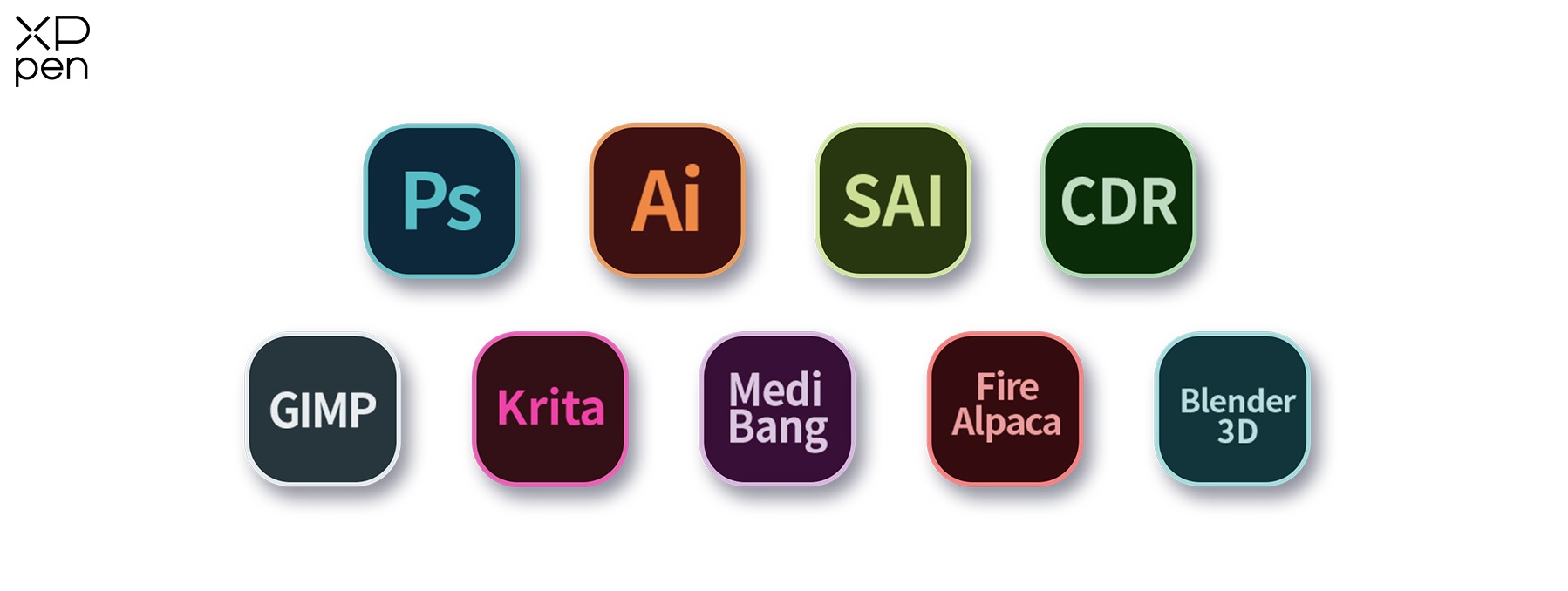
Color theory
Understanding color theory is critical when it comes to developing eye-catching designs. It's all about understanding how different colors may make people feel and how to utilize them to balance and contrast your designs.
Complementary colors, for example, are color pairs that are precisely opposite each other on the color wheel. When you combine them together, they really stand out and may make your designs seem very amazing.
Blue and orange are two basic complementary hues. Blue is a very relaxing hue, but orange is quite active and bright. Combining them can result in a truly fascinating effect.
Typography
Typography is a fascinating art and practice that entails arranging typefaces and fonts in such a manner that written material is both easy to understand and visually beautiful. It's critical in graphic design to develop designs that look beautiful, and knowing how to use different fonts and typography styles may really help you reach your goals.
Communication skills
Generally, as a graphic designer, you are always the one to accept design requests, no matter if it’s your client, leader, colleague, or team member. Being good at communicating with people can save you many efforts in the real work process.
Suppose you can pitch to create an excellent piece of work but fail to fully communicate your concepts. That could be a challenge because you can't be on the same page with your client. How can you be great at conveying messages through visuals when you are struggling in communication yourself? Or you may be very good at other design techniques but if you can’t communicate well with others, it will also impede your career path.
Time management
Time management is essential for everyone, especially for graphic designers. As their work cannot be easily quantified, they still need to make changes many times after completing the work.
Maybe that's why many professional designers have their own ways to improve concentration. Some like to listen to non-distracting music (without lyrics) to isolate noise, while others meditate before they begin to work. It depends on you.
Tools Required for Graphic Design
Software
Adobe Photoshop: Adobe Photoshop (also known as PS) is so famous that even laypeople know it. Photoshop’s specialty is image processing, not graphic creation. Image processing involves editing and processing existing images and using special effects in the process. It’s about how to edit and process images. Graphic creation involves designing graphics using vector graphics based on one's creativity.
Graphic design is the field that utilizes most features of Photoshop. No matter if it is a book cover, poster, or print material, they all should be processed by Photoshop.Adobe Illustrator: Adobe Illustrator (also known as AI) is the world’s most famous vector graphic software. Due to its powerful functions and user-friendly interface, it has taken up the most share of the world’s vector editing software market.
Especially since Adobe has a patent on its particular PostScript technique, AI has completely occupied the professional printing and publishing field.Adobe InDesign: Adobe InDesign is a desktop publishing (DTP) software that's used for various print layout editing. It can export documents in PDF format directly and supports multiple languages.
InDesign is the first DTP software that supports Unicode text processing. It is also the first to use new OpenType fonts, advanced transparency features, layer styles, custom clipping, and more. Due to its JavaScript foundation and integration with the same company’s software such as Photoshop and Illustrator, it is favored by many global users.Sketch: Sketch is a vector drawing software suitable for all designers. In addition to the vector editing function, it also has some simple bitmap tools, such as blur and color correction.
Sketch’s features are easy to understand and simple to operate, so it’s particularly easy for experienced designers to get started. For most digital product designs, Sketch can replace Adobe Photoshop and Adobe Illustrator. But Sketch only supports MacOS, and other systems can’t install it currently.CorelDRAW: CorelDRAW is a vector graphic design software developed by Corel company. This graphic tool provides various functions including vector animation, page design, website creation, and bitmap editing for graphic designers.
CorelDRAW includes two drawing applications: one is for vector graphics and page design, and the other is for image editing. The combination provides powerful interactive tools for users.
Hardware
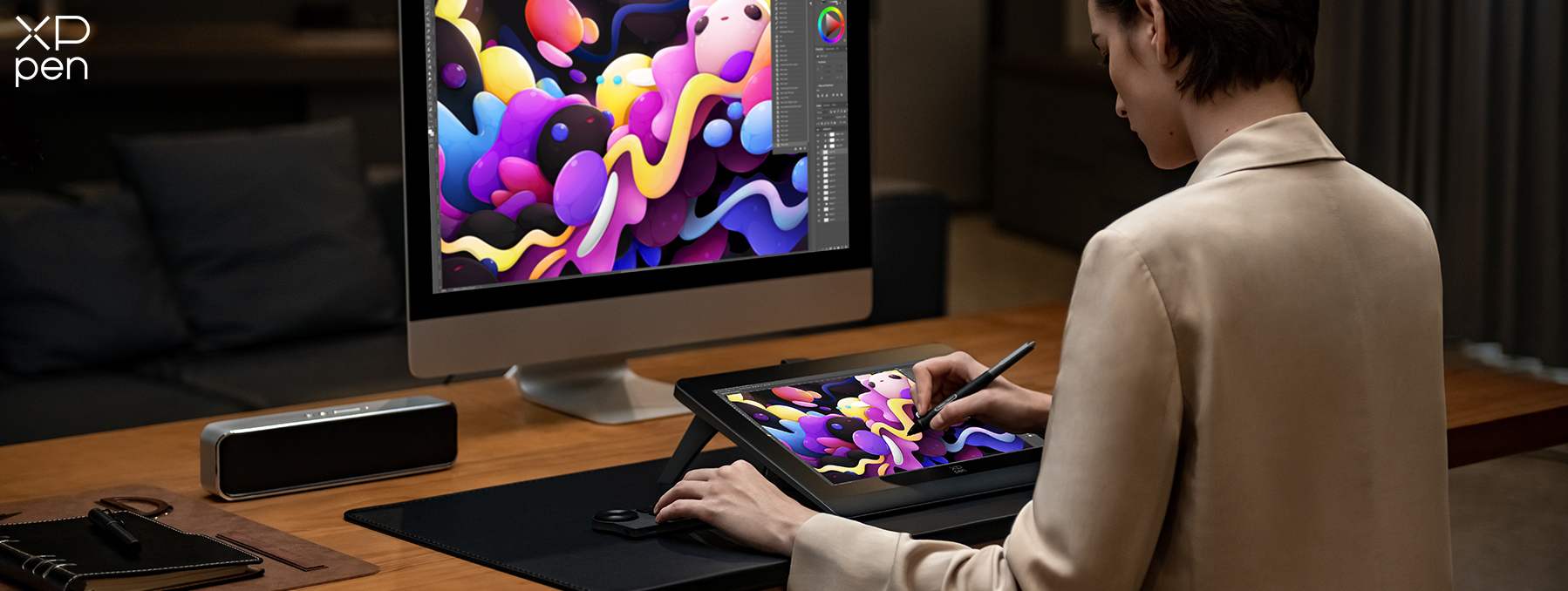
To develop high-quality designs as a graphic designer, having the right hardware is just as vital as having the right software. Here are some hardware recommendations for budding graphic designers:
Computer: A powerful computer with a fast CPU, enough RAM, and a specialized graphics card is required to run design applications efficiently.
Graphic Tablet and Stylus: A drawing tablet may be an excellent addition to your toolset, allowing for more precision while making digital graphics.
Monitor: A high-quality monitor with proper color representation is essential for ensuring that your designs appear as intended.
Camera: A camera can help you capture reference pictures or take photos for use in your designs.
Recommended Graphic Tablets for Graphic Designers
XPPen tablets are built to provide precise control and an intuitive sketching experience, allowing you to easily bring your creative ideas to life. Below are our favorite graphic tablets designed for graphic designers, including XP-Pen Artist 24, XP-Pen Artist Pro 14 Gen 2, XP-Pen Innovator 16, and XP-Pen Deco Pro Gen 2 Series.
Each one has its own set of features and perks, so you can pick your favorite.
| Model | Artist 24 | Artist 14 (Gen 2) | Innovator 16 | Dero pro (Gen 2) |
|---|---|---|---|---|
| Display Size | 23.8" | 14" | 15.6" | Work Area 9"x 6" |
| Display Resolution | 2560*1440 | 1920*1200 | 1920*1080 | None |
| Resolution | 5080 LPI | 5080 LPI | 5080 LPI | 5080 LPI |
| Color Gamut (typical) | 94% Adobe RGB, 127% sRGB | 91% Adobe RGB, 123% sRGB | 92% Adobe RGB, 125% sRGB | None |
| Pressure Sensitivity | 8192 | 16384 | 8192 | 16384 |
| Tilt Support | Yes, 60° | Yes, 60° | Yes, 60° | Yes, 60° |
| Shortcut Keys | 5 x Function Keys | Wireless Shortcut Remote (ACK05) | 8 x Shortcut Keys + 2 x Function Keys | Wireless Shortcut Remote (ACK05) |
| Compatibility | Windows, MacOS, Chrome OS, Linux | Windows, MacOS, Android, Chrome OS, Linux | Windows, MacOS, Chrome OS, Linux | Windows, MacOS, Android, Chrome OS, Linux |
| Stylus | PA6 Battery-free Stylus | X3 Pro Smart Chip Stylus | Battery-free Stylus | X3 Pro Smart Chip Stylus |
| Price | $799.99 | $377.99 | $399.99 | $179.99 |
How to Become a Graphic Designer Without a Degree
Make Your Own Design Portfolio
Creating a solid design portfolio is essential for securing a graphic design job or internship. Your portfolio should demonstrate your abilities, originality, and sense of design. It should also display your abilities to graphically and effectively express concepts.
Here are some pointers for developing an impressive portfolio that will impress future employers and clients:
1. Select your best work: Choose your best design work for your portfolio. This should be work that demonstrates your abilities and inventiveness. Select projects that show your ability to work with a variety of mediums, such as print design, online design, and branding.
2. Convey a story: Your portfolio should convey a tale about who you are as a designer and what sort of work interests you. Arrange your work such that it makes sense and flows smoothly. You may categorize your work according to project type, media, or industry. Include a brief overview of each project, including the difficulties you encountered and how you overcame them.
3. Explain your method: Include drawings, drafts, and mockups to show your design process. This might assist prospective employers in understanding how you approach a project and arrive at the final design.
4. Keep it simple: Your portfolio should be aesthetically appealing and easy to explore. Make your design basic and clean so that your work can speak for itself. Avoid overcrowding your portfolio with photographs or text.
5. Make it easily accessible: Make sure potential employers and clients can view your portfolio. A physical portfolio can be created using a binder or portfolio case, but an online portfolio is equally necessary. To construct a professional-looking portfolio website, use a website builder such as Squarespace or Wix. Make sure your website is simple to use and operates on a variety of devices.
5. Keep it up to date: Update your portfolio with your most recent work on a regular basis. Remove any old or outdated work that does not reflect your current skill level.
It takes time and effort to build a solid design portfolio, but it's well worth it to exhibit your abilities and obtain your ideal job or internship. You'll be well on your way to establishing a portfolio that will impress potential employers and clients if you follow these guidelines.
Applying for Internship Opportunities
You may get a graphic design internship without a degree if you have your own portfolio and are confident in your talents. While a degree might give a formal education and boost your prospects, many employers place a higher priority on practical skills and a good portfolio.
Here are a few things you can do to improve your chances of landing a graphic design internship:
Establish an online presence: Create an online presence by developing a professional website that displays your work. You can transfer your work to a portfolio if you already have one. Use Behance, Dribbble, or social networking channels like Instagram and Twitter to share your designs and acquire exposure.
Network: Attend local design meetings, conferences, or seminars to network with industry pros. Networking can help you learn from seasoned designers and even locate internship opportunities.
Apply to design firms and agencies: Conduct research to find design firms, corporations, or organizations that provide internships. Inquire about internship possibilities by visiting their websites or contacting them personally. Even if they don't have established internship programs, some companies may be willing to consider passionate and bright individuals.
Volunteer or freelance: Volunteer or freelance your design talents to non-profit groups or small enterprises. This will enable you to obtain practical experience, broaden your portfolio, and exhibit your dedication to the area.
Cold emailing or cold calling: If there are certain firms you want to intern with, consider contacting them personally. Create a tailored email or call expressing your interest in interning with them, and include your portfolio as a reference.
Be proactive and persistent: Keep searching for internship opportunities, and don't be disappointed if you are rejected. Your chances of landing an internship will improve if you are persistent and aggressive.
Employers frequently favor a mix of abilities, experience, and passion. Even if you don't have a degree, you may enhance your chances of landing a graphic design internship by exhibiting your skills in a great portfolio and proving your passion to the profession.
Is Graphic Design a Good Career
For people who enjoy creativity and visual communication, graphic design may be a rewarding and interesting professional path. With the advent of digital media and a greater emphasis on branding and marketing, there is a greater demand for experienced graphic designers.
In May 2022, the median annual salary for graphic designers was $57,990, according to the Bureau of Labor Statistics. Salaries, however, might differ based on the business, region, and expertise. Graphic designers in the motion picture and video industries typically earn more than those in other businesses.
While some may say that the industry of graphic design is getting more competitive owing to the increasing number of graduates and self-taught designers, individuals with the correct abilities and portfolios still have numerous chances. To remain competitive, it is critical to keep up with the newest trends and innovations in the sector and to continue growing your abilities.
Overall, graphic design is a fantastic career choice for individuals who are interested in visual communication and love utilizing their creativity to solve issues and effectively deliver information. You may develop a great career in this interesting sector if you have the necessary abilities, portfolio, and perseverance.
About Us
Founded in 2005, XPPen is a leading global brand in digital art innovation under Hanvon UGEE. XPPen focuses on the needs of consumers by integrating digital art products, content, and services, specifically targeting Gen-Z digital artists. XPPen currently operates in 163 countries and regions worldwide, boasting a fan base of over 1.5 million and serving more than ten million digital art creators.
Learn moreLooking for the Best Drawing & Design Apps?
Discover essential drawing techniques, expert tips, and the best app recommendations to boost your creativity and master digital art.
